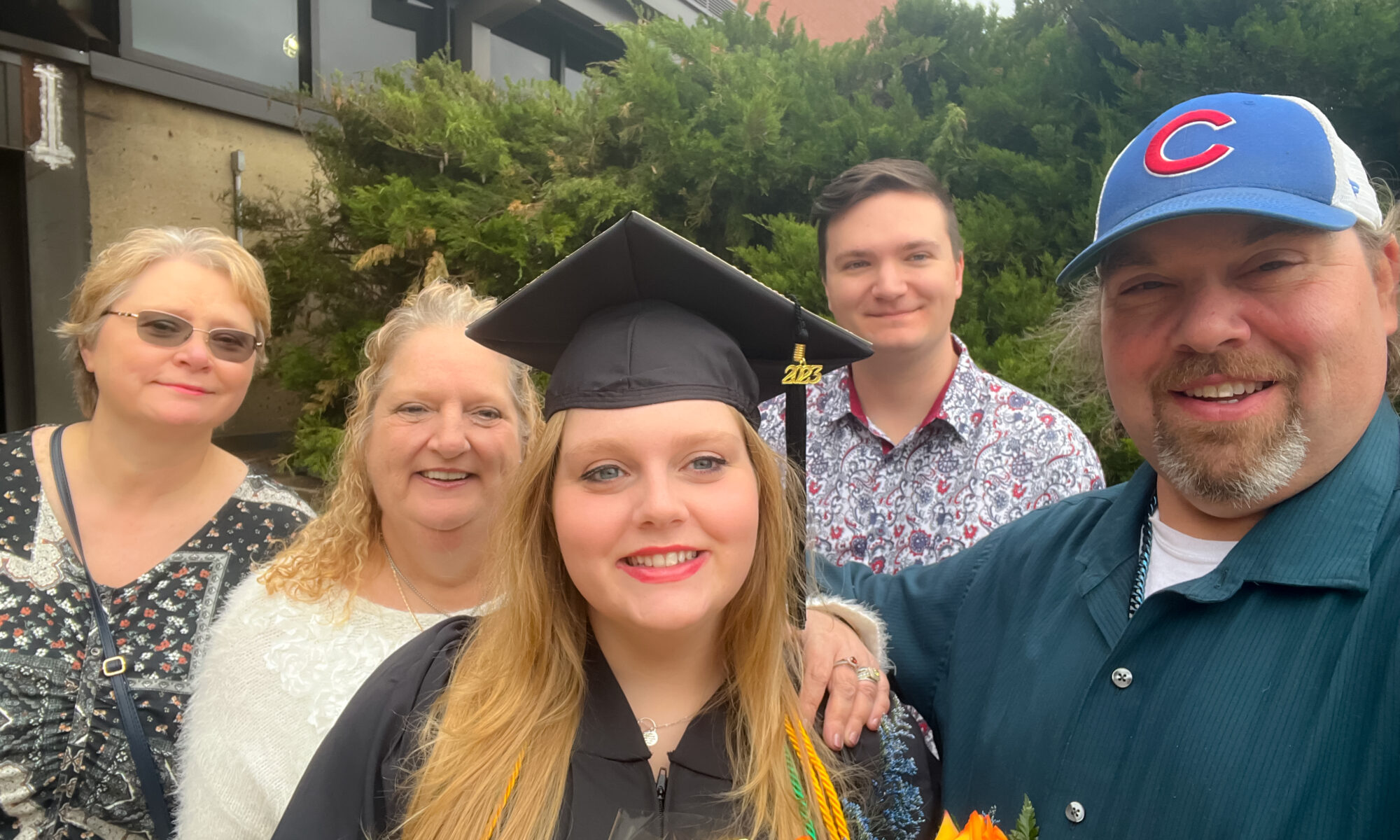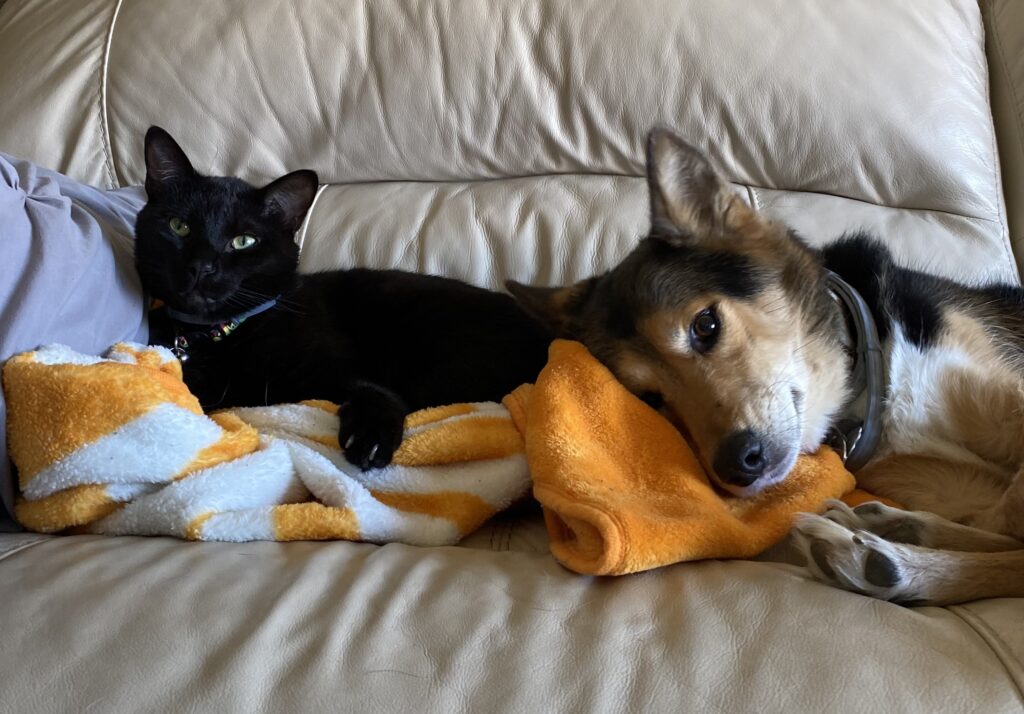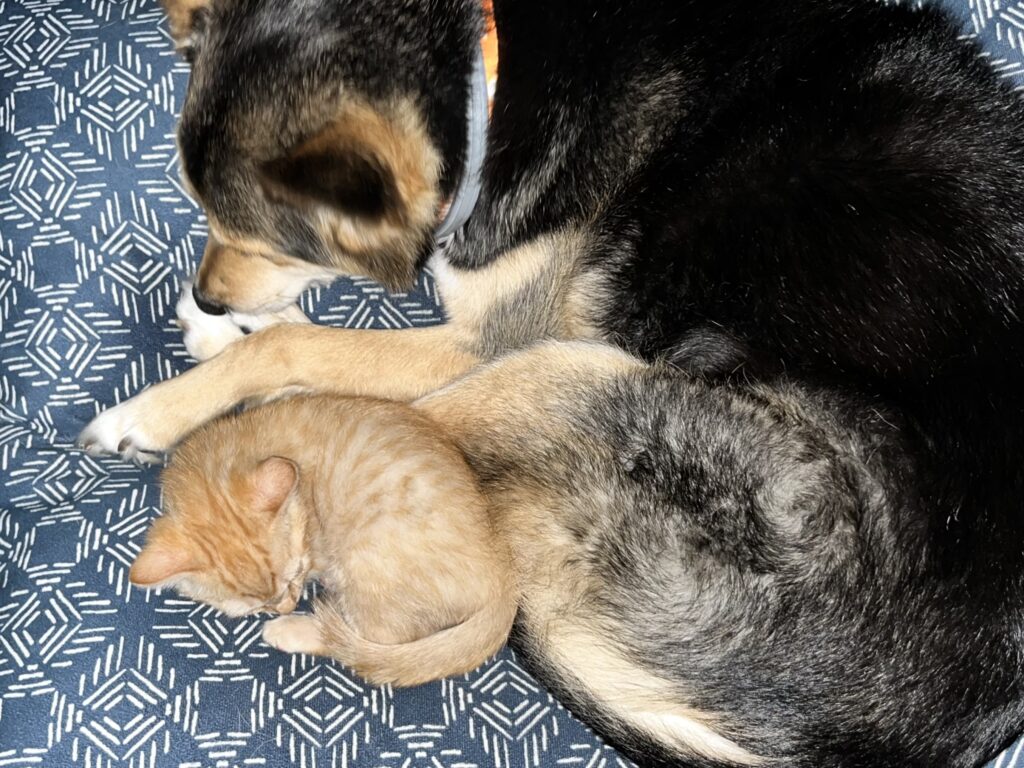
Amanda Blazek, a West Tennessee native, has always been passionate about biology. After earning her bachelor’s degree from the University of Tennessee at Martin, she joined the Department of Entomology and Plant Pathology to pursue a master’s degree in plant pathology. Now, under the guidance of professor Heather Kelly, Blazek’s research focuses on how cover crops affect the range and population patterns of plant parasitic nematodes in soybean production systems.
Q&A with Amanda Blazek
Can you tell us a little bit about yourself?
My name is Amanda Blazek. I have been married for three years and we have a dog and two cats! I graduated from Henry County High School in 2017. I am a master’s student under Dr. Heather Kelly. I’ve always had a passion for biology, and I am so grateful for the opportunity to be part of the plant pathology program!


What is your concentration?
Plant Pathology.
What is your current research question?
How does the use of cover crops affect the range and population patterns of plant parasitic nematodes and other soil fauna in a soybean production system.
Can you tell us about your research?
According to the Crop Protection Network, soybean cyst nematode (SCN) can cause up to $1 billion in economic losses annually, making it the primary cause of disease yield loss in the United States. There is no one management method that eliminates nematodes. Rather, it is a combination of strategies that influence nematode population levels, including rotation of resistant varieties, soil sampling fields, rotation to nonhosts, and integrating seed treatments.
Cover crops can increase soil organic matter and fertility. Studies have shown that nonhost cover crops can reduce plant parasitic nematode populations. My current study focuses on assessing the influence of soybean rotations while considering other factors such as cover crop mixes, burndown timings, and seed treatments. Soil samples are taken at multiple dates to detect soil organisms and plant parasitic nematodes that are active in the soil. The soybean cyst nematodes are then classified as adults and juveniles, cysts, or eggs. This information is subsequently used for calculating fecundity. Fecundity data is important because it indicates how frequently the soybean cyst nematode can produce offspring. This research will benefit farmers by providing a deeper understanding of effective SCN control methods, ultimately contributing to feeding the growing global population.
What are the primary obstacles in answering your research question?
There are several factors to consider when understanding management strategies for soybean cyst nematode. Nematodes can complete their life cycle in an average of 21 days, with each cyst containing around 200 eggs. This rapid production makes it challenging to control their population growth once they’re established. My research will continue the investigation of soybean cyst nematode management practices. One challenge in researching nematode management tactics and overall soil health is ensuring that we understand how different approaches, both individually and in combination, contribute to reducing nematode populations while also improving soil health
What academic class has been your favorite and why?
My favorite class so far has been Biopesticides with Dr. Gwinn. I enjoyed learning the functions of biopesticides and the importance of understanding the fungicide, herbicide, and insecticide classifications.
How has your academic training at The University of Tennessee prepared you for a career in the industry?
Being able to attend conferences to present my research and listen to other people’s research has really made an impact. Talking to people in agriculture who are trying to find the answers to questions makes me feel like I can relate and connect to people more easily! I enjoy networking with people, so that has made a tremendous difference in my career path.
What do you consider to be one of your greatest academic achievements?
Being selected as a Golden Scholar through ASA, CSSA, and SSSA is my proudest achievement! I was paired with a mentor from Corteva Agriscience who answered so many of my questions and led me in conversations that improved my critical thinking skills. I received financial support to attend the 2022 Tri-societies meeting and presented in my first oral competition (and won third place!)
What has been the highlight of your graduate school experience so far?
Attending conferences! It’s been a great way to make connections and learn about what others are researching.
What are your favorite things to do on campus?
When I visit Knoxville, I really enjoy walking the UT Gardens!
What are your favorite hobbies?
I enjoy listening to music, going to concerts, and crafting.
Any advice you would like to share with a prospective student?
Continue asking questions, and attend meetings when you can! I believe that surrounding yourself with knowledgeable people is the best way to learn new things.
Is there anything you would like to add?
Thank you to my PI, Dr. Heather Kelly, and The Soybean Promotion Board for giving me the opportunity to be a part of the Plant Pathology crew and allowing me to attend graduate school!
